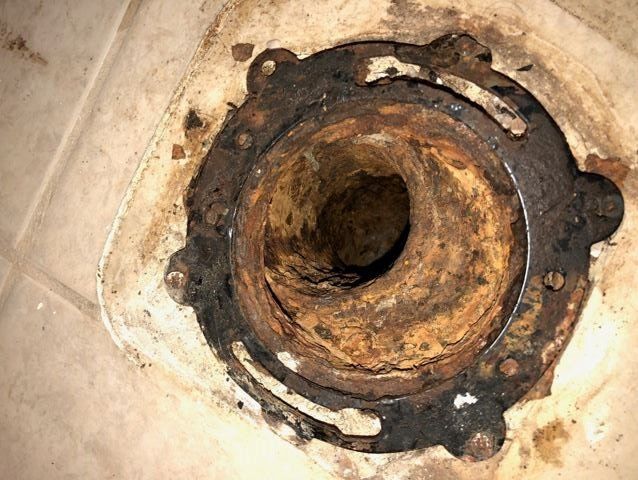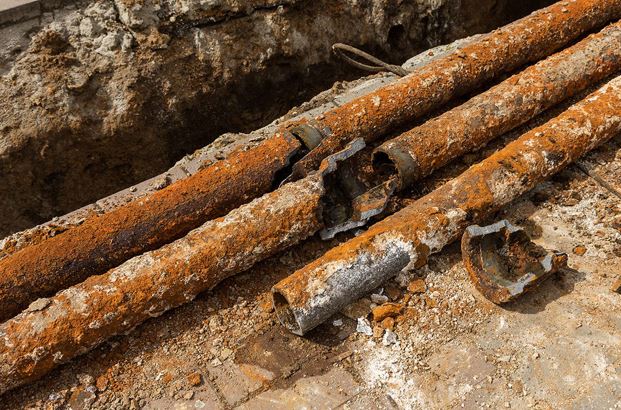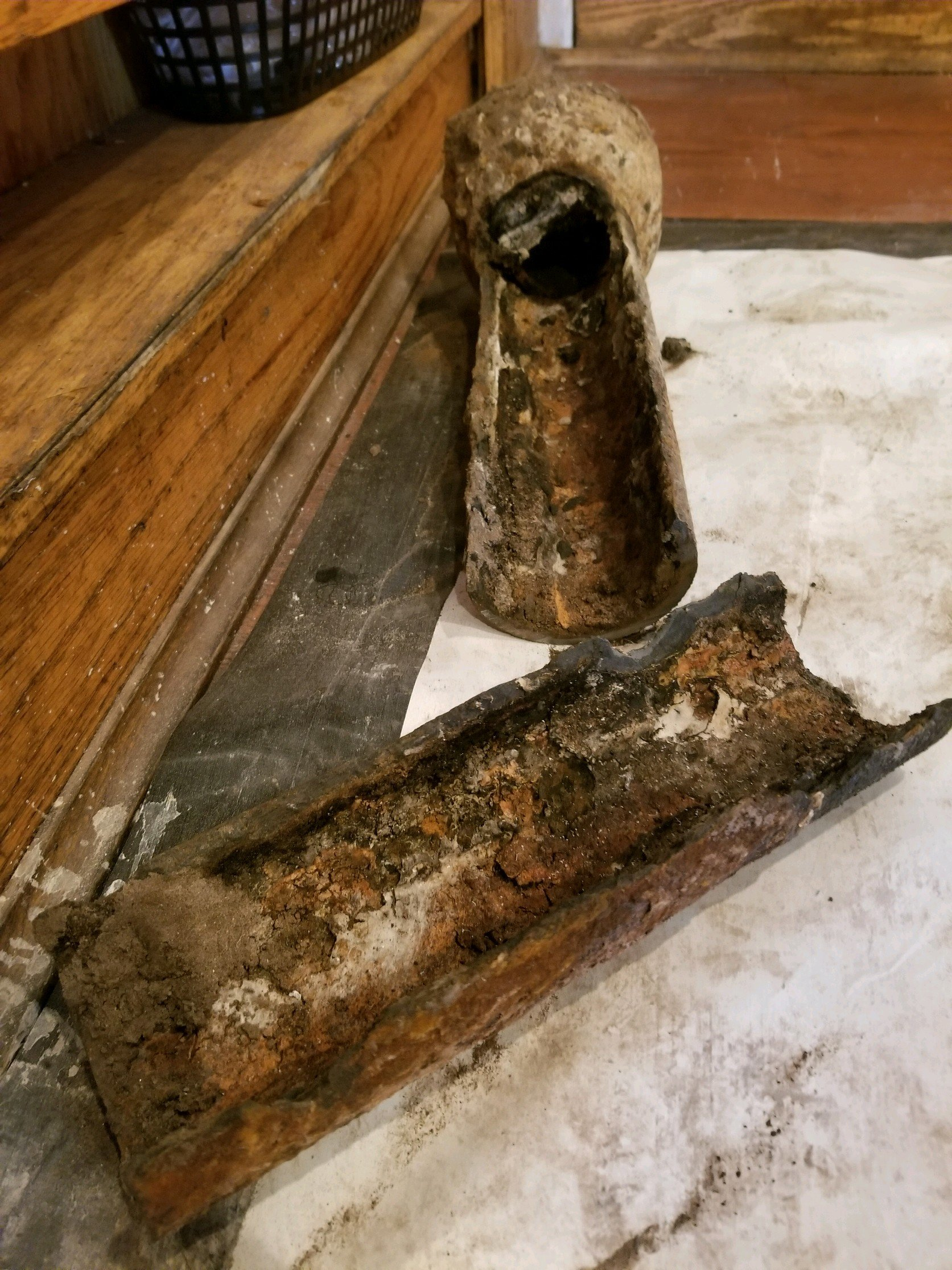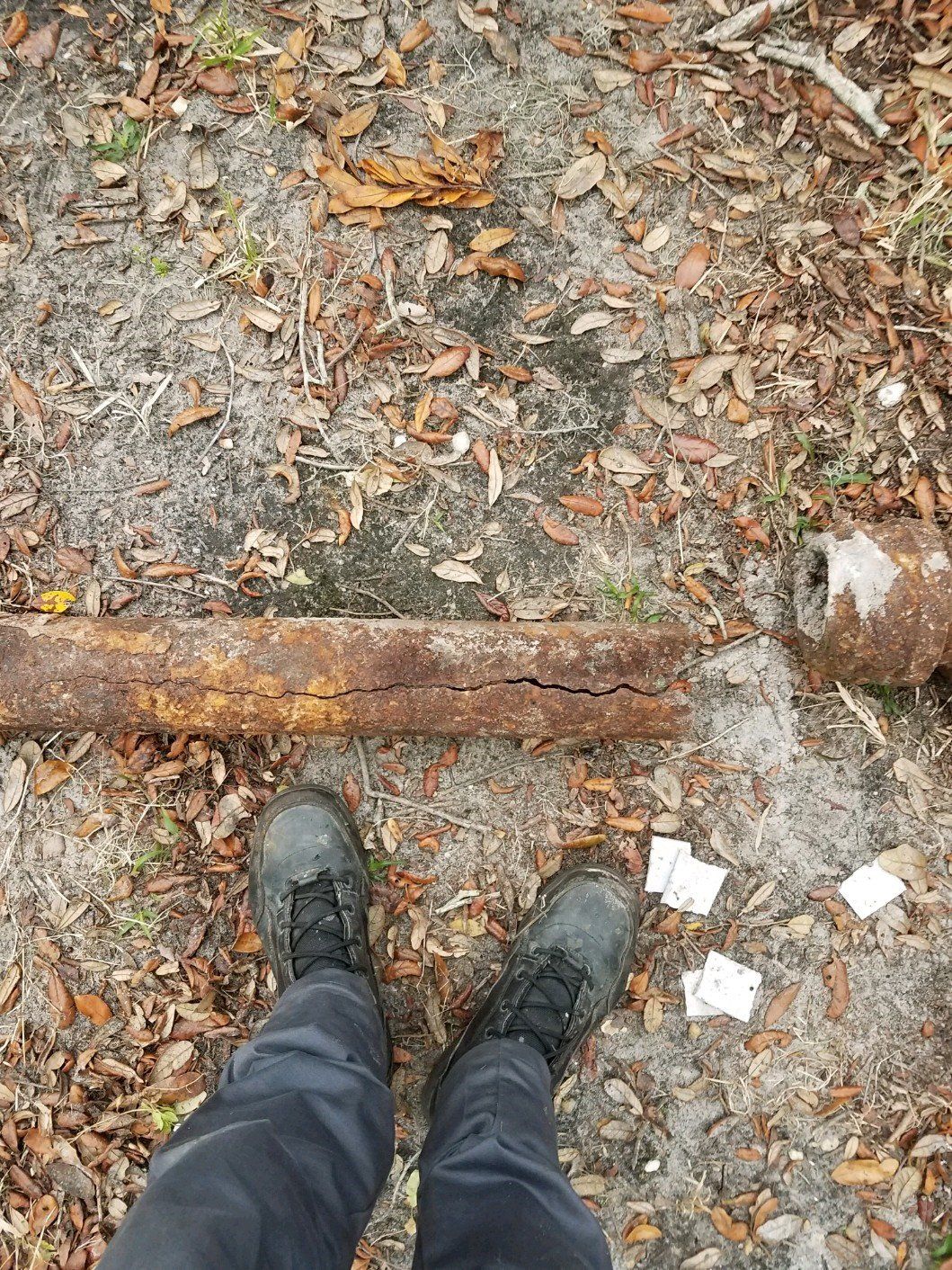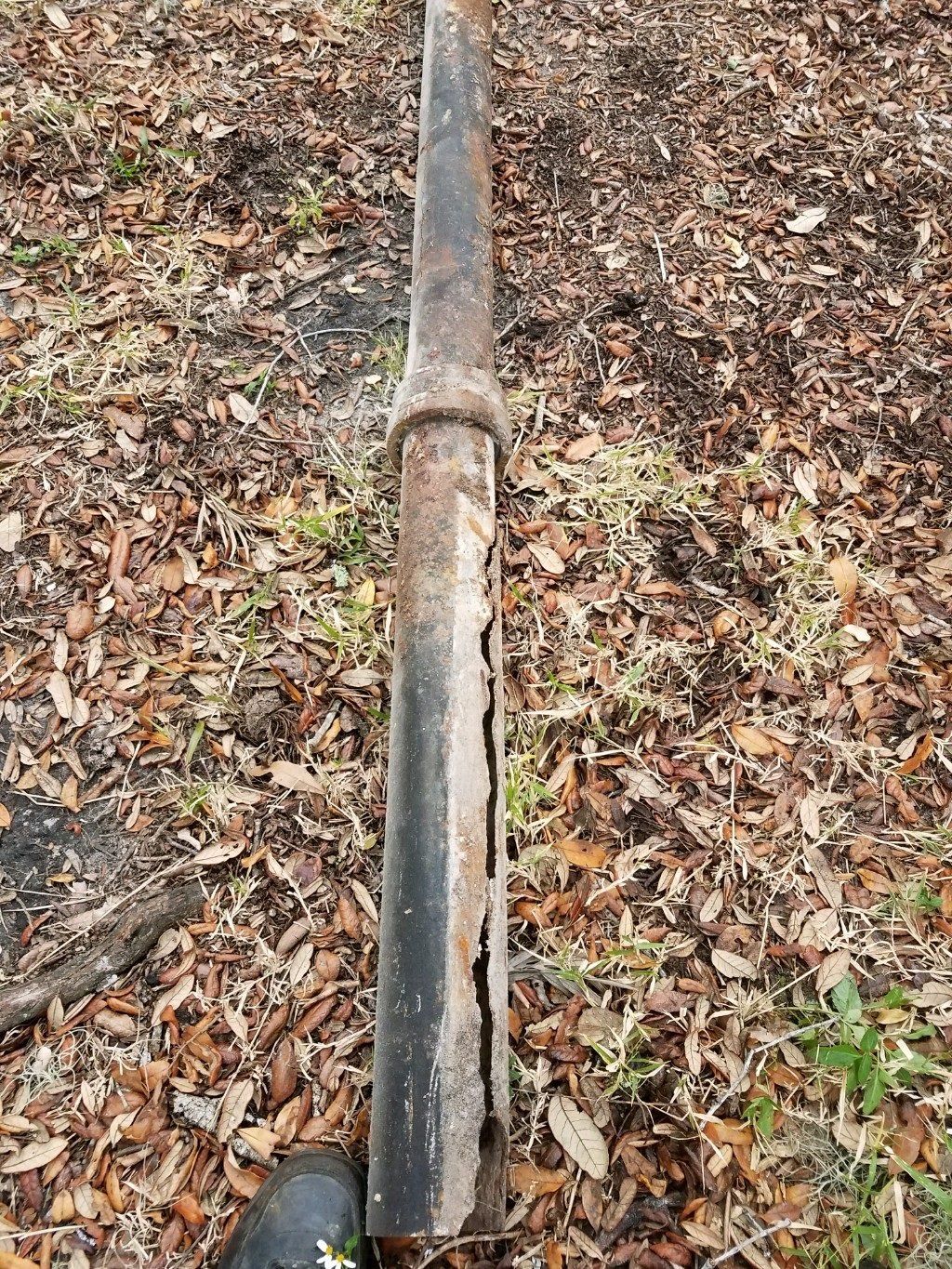Cast Iron Piping Repair in Clearwater, FL
You may have a potential disaster lurking underground!
How do you determine if your home has cast iron piping?
Often, we find older homes have had previous repairs or sections of the sewer replaced. You may think you have a PVC sewer line when in fact only parts of it are PVC tied into sections of cast iron. The most accurate way to check your entire sewer system is to have a sewer camera run through the main. The camera can determine what type of piping you have, and the condition of the piping.
I have cast iron piping, now what?
If the sewer camera reveals rust, cracks, splits or thinning of the pipe your best option is to have the line replaced as soon as possible.
If the sewer camera reveals excess scaling a technique called chain knocking and hydro-jetting can be used to remove the scale build up and return your sewer line into good working condition.
Call (727) 581-5828
today to schedule to have your sewer line inspected.
If your home was built prior to 1975 then you most likely have cast iron sewer lines. High-quality cast iron pipe is approved for plumbing and is still used today. However, about 50 years ago imported steel made its way to the US. The imported steel was not subjected to the same quality standards but became popular due to its lower cost. American companies were forced to produce lower quality steel that could compete pricewise. Also, recycled steel became more popular. Much of the new cast iron is produced from lower quality recycled steel rather than smelting new steel from ore. The new, lower quality, steel is prone to rusting, splitting and cracking. A broken or cracked sewer line will stop the normal flow of sewage, allowing raw sewage and water to run in your yard or much worse, back up into your home. It is also prone to scaling which occurs when pipe oxidizes from the inside. The inside of the pipe bubbles, splinters and flakes off. The splinters catch paper products flushed down toilets and eventually cause stoppages by clogging the normal flow of sewage. This then causes the sewer line to back up into the house. A back up inside your home can cause significant water damage as well as health hazards from raw sewage.

